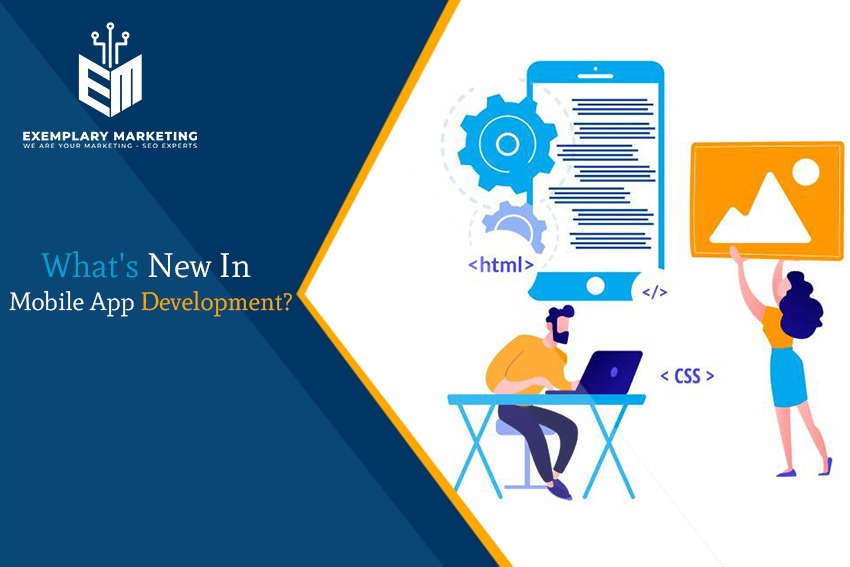In the current digital world, developing an app for your company is not just a trend in technology but also a critical economic decision. An app gives you a direct line of communication with your customers while also broadening the brand’s appeal. But the process takes more than just technical know-how; it also calls for a thorough comprehension of your target market, company objectives, and the special value your app can provide.
1. Strategic Goal Alignment: Crafting a Purposeful App
It’s critical to match your app with the strategic objectives of your company before diving into the technical details of app development. Clearly state the goals and purposes that your app will fulfill. Your app should be a thoughtful addition to your company, whether its purpose is to increase direct sales, streamline internal operations, or improve customer interaction. The whole development process will be guided by your understanding of the unique difficulties your organization confronts and how an app can solve them. Analyze your target market, competitors, and business strategy in detail in order to properly align your app. Determine the problems that your customers and internal processes might have solved with an app.
2. User-Centric Design: Tailoring Experiences for Your Audience
The degree to which your app meets the demands and preferences of your intended user base will determine how successful it is. A user-centric design approach focuses on making your users’ experience simple and pleasurable, not just visually appealing. Recognize the choices, habits, and problems of your audience. Adjust the user interface, features, and functions of the app to meet their needs. Give top priority to designs that are visually attractive, easy to navigate, and consistent with your brand identity. Make user personas to represent various target audience groups before you begin the design process. Test the usability of the app to get input on how it navigates and feels overall. Include user-friendly design components that allow users to navigate the app’s features with ease. Iterate and improve continuously in response to consumer input.
3. Workflow Automation: Streamlining Business Operations
Workflow automation is one of the main benefits an app can provide for your organization. You can use your app to automate time-consuming and repetitive procedures in your internal processes, which will free up important resources and time. Workflow automation softwares boost operational efficiency, lower mistakes, and free up your staff to concentrate on more strategic tasks—whether it be order processing, inventory management, or customer interactions. Start by thoroughly examining your company’s workflows to find any processes that might use automation. Make use of the app’s capabilities and connectors to facilitate data sharing and communication between departments.
4. Data Security and Privacy: Safeguarding User Trust
Users’ top worries in the digital sphere are privacy and data security. Making strong security a top priority when developing an app for your company guarantees that user confidence is maintained. Adopt secure authentication procedures, enforce encryption techniques to protect sensitive user data, and abide by any data protection laws. To build users’ faith and confidence in your app, be open and honest with them about the precautions you’ve taken to secure their data. Assist your development team in putting encryption mechanisms into place that safeguard user data while it’s being sent and stored. Implement multi-factor authentication to improve security on access. Update the security features of your app often to keep ahead of any attackers.
5. Continuous Improvement and Updates: Staying Relevant in the Market
The process of developing an app doesn’t end with its release; it’s a continuous process of advancement and modification. Keep an eye on app performance, assess user input often, and keep up with changing industry trends. Updates and upgrades should be implemented in order to fix problems and offer new features and improvements. By showcasing your dedication to ongoing development, you maintain the relevance of your software and build a devoted user base that values your attentiveness to their demands. Encourage users to submit ratings and recommendations from inside the app to create a feedback loop. To find areas for optimization and enhancement, collect data on user interactions using analytics tools. Update your software with new features and improvements to current ones, in addition to bug fixes.
Conclusion:
Making an app for your company is a strategic choice that should be in line with your overarching business objectives rather than just a technical undertaking. As you go, keep in mind that an app is a dynamic tool that changes to meet the demands of both users and your organization. By putting these insights to use, your company will be positioned for continued relevance and influence in the always-changing digital Market, in addition to a successful app launch.






